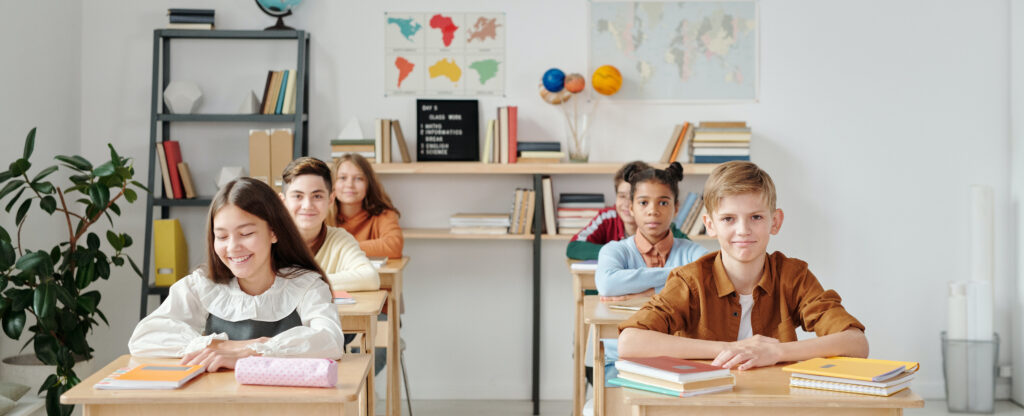
S C O R E L I N E
SPECIAL COMFORT FOR EDUCATIONAL INDOOR ENVIRONMENT
Buildings are designed to provide a suitable living and working environment for humans. Indoor comfort is necessary in different types of buildings, such as living, learning, working and healing environments. Good environmental quality is important as it affects health, comfort and productivity, significantly impacting on psychological and physiological aspects. Typical and traditional design criteria are based on a prescriptive approach and focus on comfort requirements, such as thermal, acoustics and indoor air quality and to lighting, specifying suitable ranges of indoor conditions.
However, the same reference could not be suitable in environments dedicated to individuals with special needs, since they might diversely experience environmental stimuli and have an individual perception. There are several studies confirming the dependence of thermal comfort on gender, age, circadian rhythm, physical disabilities and fitness.
For these reasons, specific studies are necessary to ensure comfort to users with special needs. It has been demonstrated that neuroatypical individuals offer diverse responses to indoor environmental stimuli, in comparison with neurotypical ones.